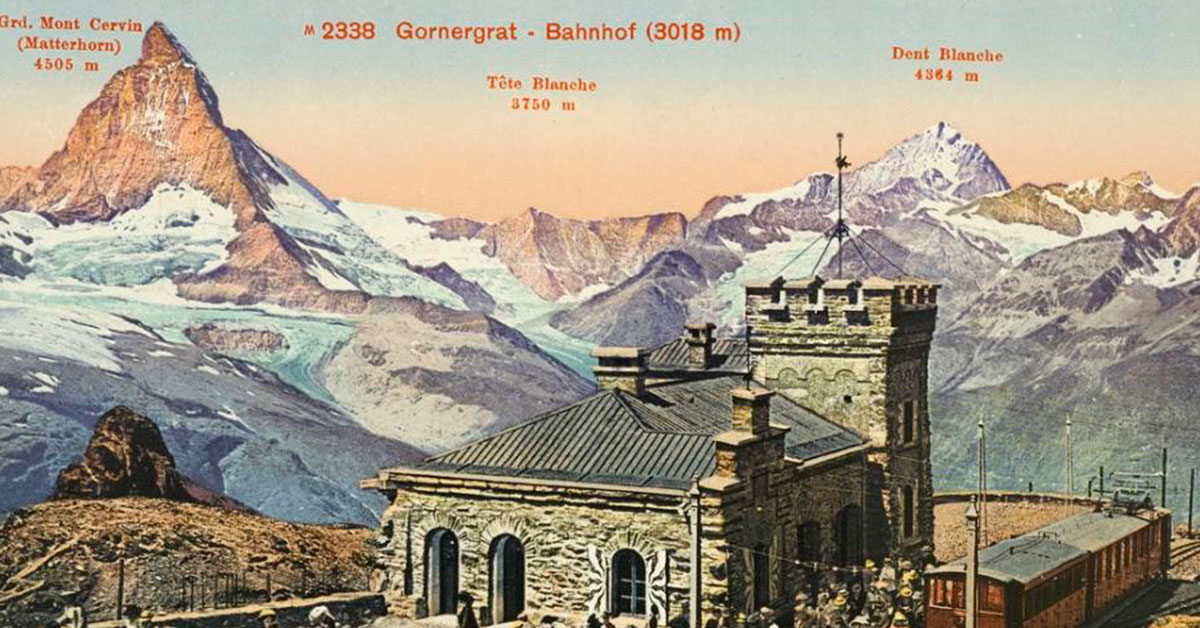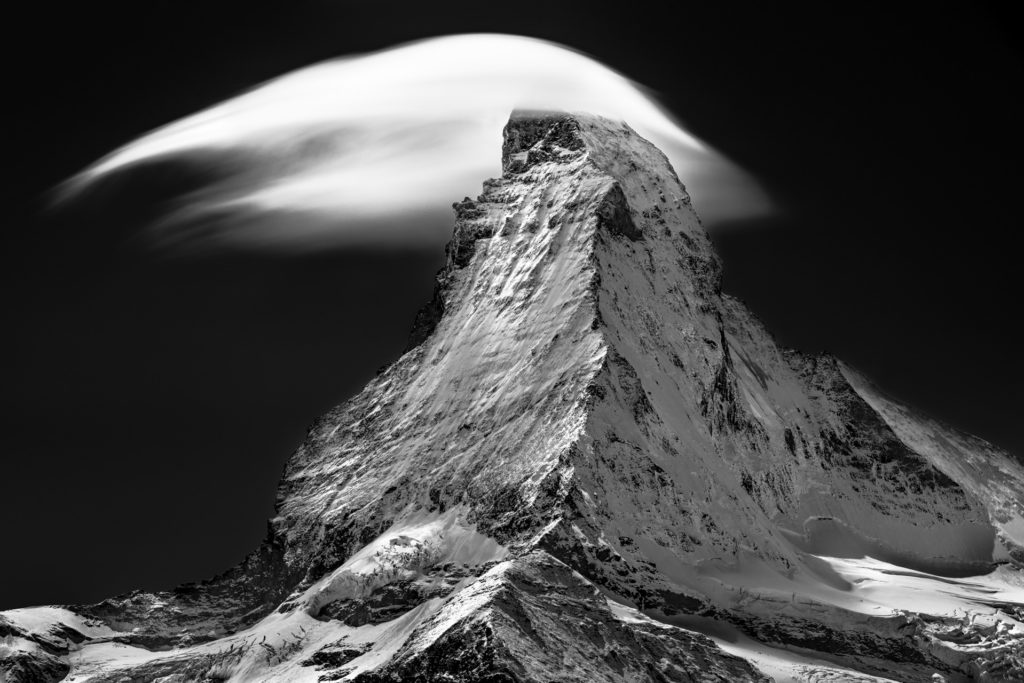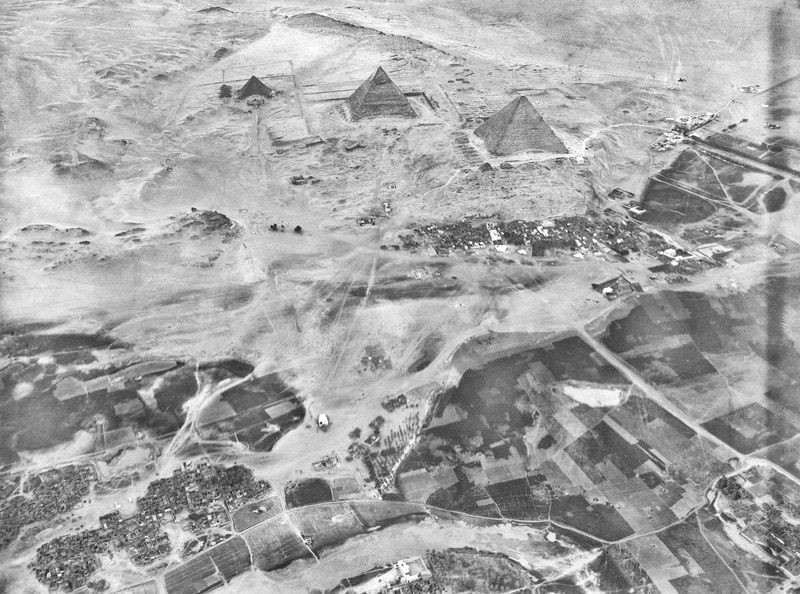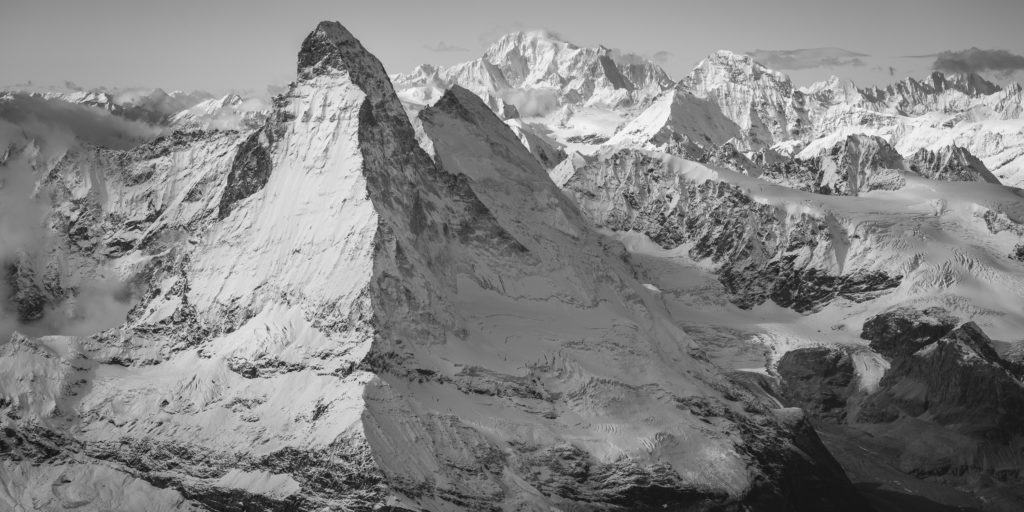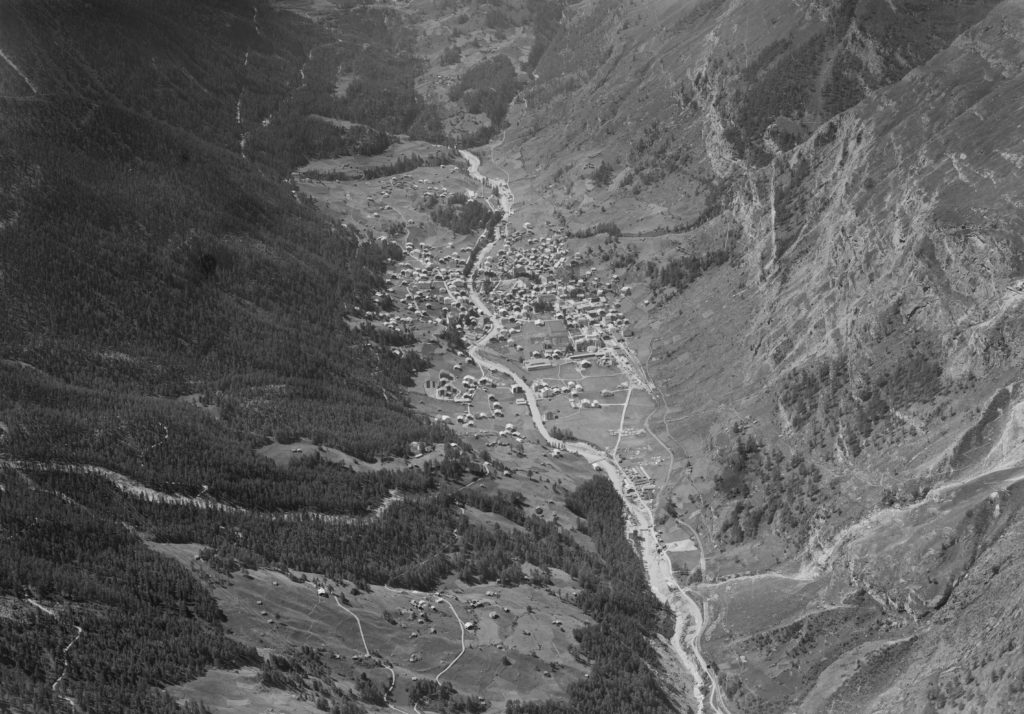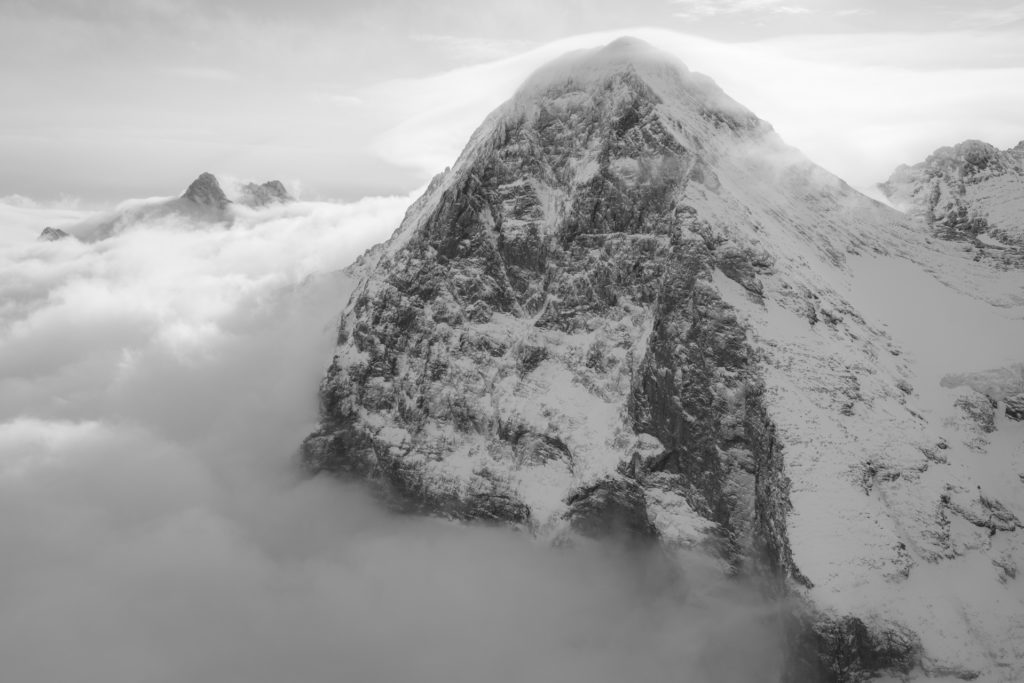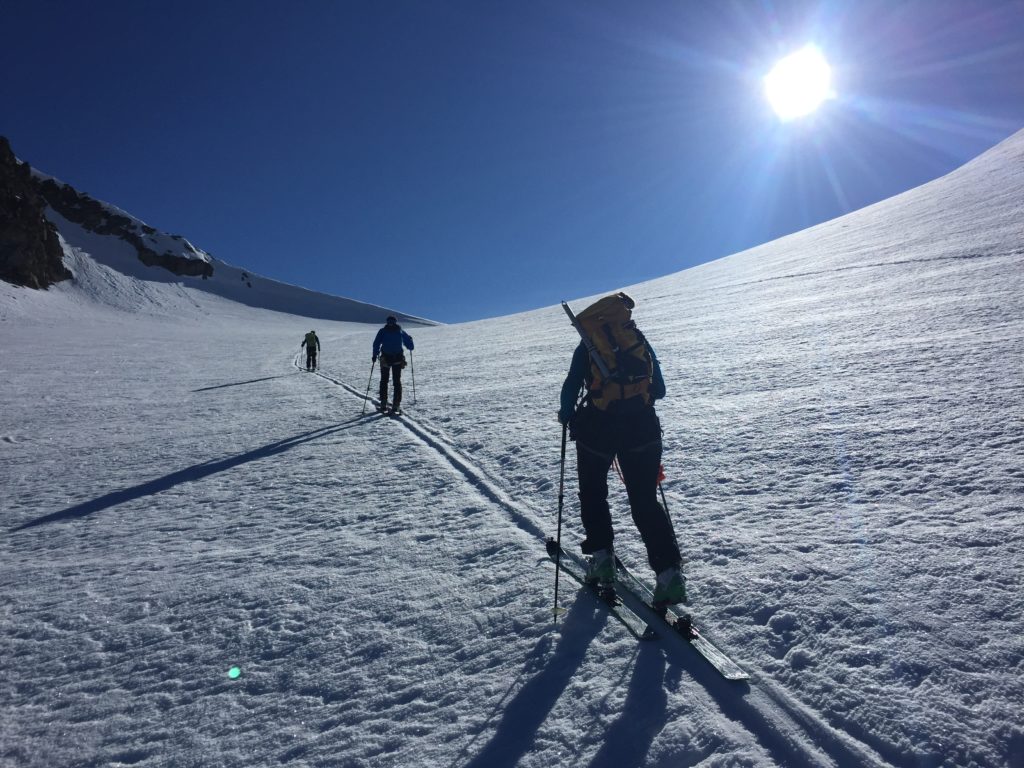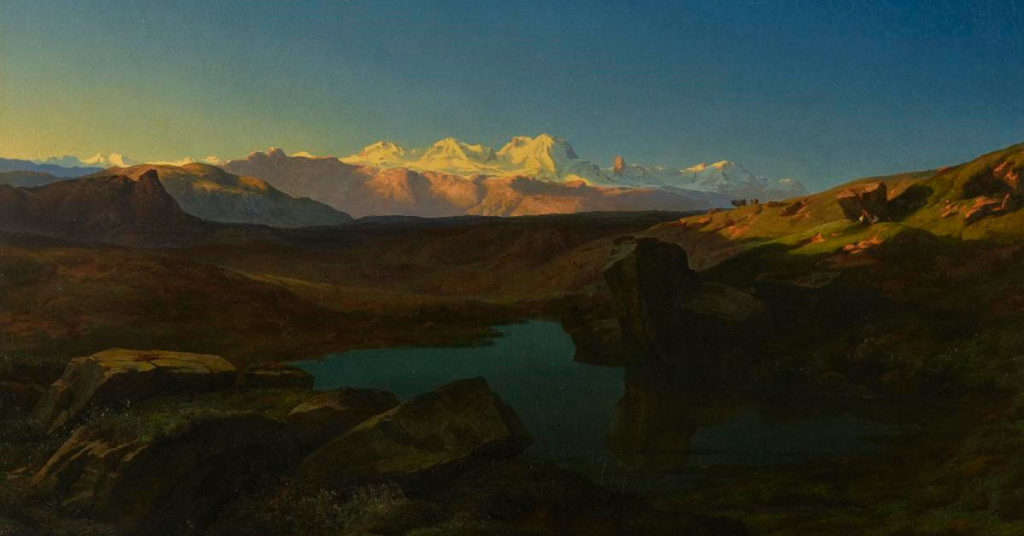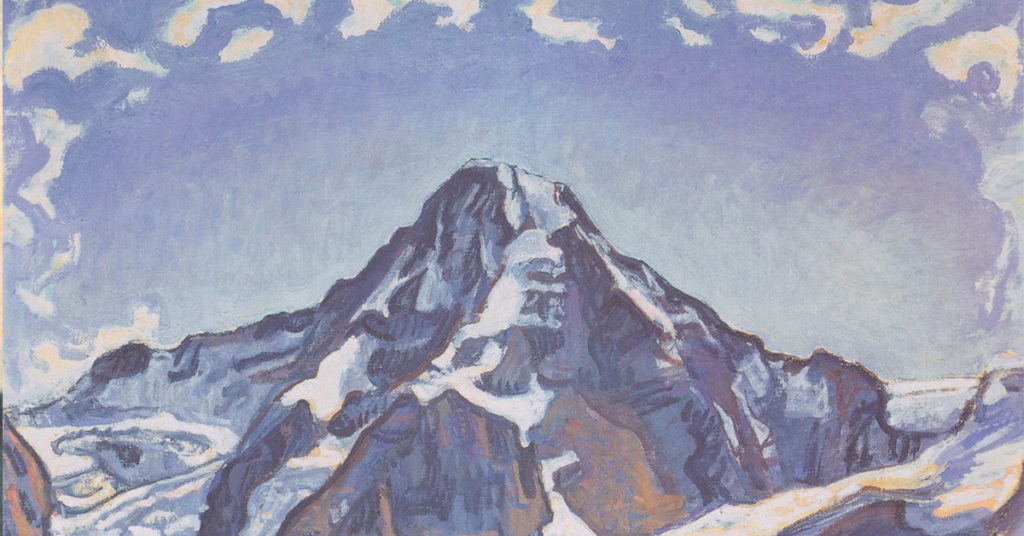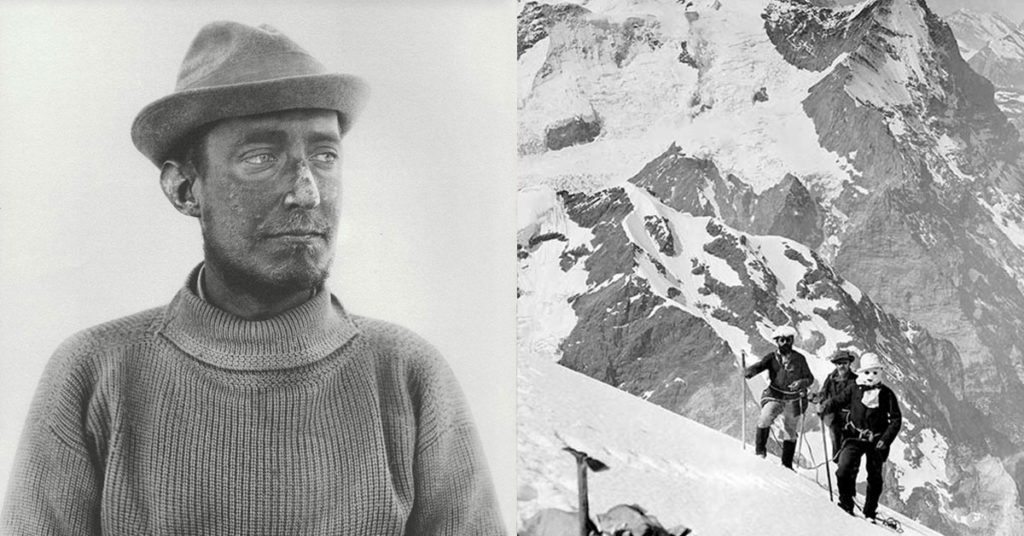The important attraction for the Alps which appeared in the 18th century and which we presented in an article Previous not only continued in the 19th century, but accelerated, helped in particular by the important development of the means of transport. This is the subject of this article.
A paradigm shift
The years 1830 to 1850 marked a decisive change. The grand tour of the aristocrats definitely gave way to bourgeois tourists. There was also a change in modality, from a journey of several years to a journey of several months, the duration decreasing more and more. The tourist guides propose shorter and shorter itineraries. The increasing influx of tourists and the shortening of travel time are leading to a fixation on tourist highlights. Switzerland is even becoming a destination in itself and is no longer just a stopover on the way to Italy.
Infrastructure development
To cope with this influx of travelers, Switzerland developed its infrastructure. The construction and development of new roads, the deployment of steamboats and the building of railroads improved the comfort of travelers, but also shortened the duration of trips. But perhaps most importantly, these new routes made established places accessible or created new ones. Numerous summits were equipped with railroad lines, for example the Rigi in 1873.
Engineers are even developing outrageous projects: an elevator to summit of Mont Blanc, a funicular to summit of the Matterhorn, a train to summit of the Jungfrau. These projects will never see the light of day, or in a reduced form for the train of the Jungfrau, which stops at the Jungfraujoch station. This line, which was completed in 1912, and the train to the Gornergrat, built in only two years and inaugurated on August 20, 1898, are the two most extreme cases: the Jungfraujoch is still the highest railway station in Europe and the Gornergrat is the first electric rack railway in Switzerland.
Mountaineering
The 19th century also saw the birth of mountaineering as such. The golden age of mountaineering is generally considered to cover the years 1850 and 1860. Numerous summits were climbed for the first time during these two decades: Wetterhorn in 1854, Dufourspitze in 1855, Dom and Eiger in 1858, Aletschhorn and Grand Combin in 1859, Gran Paradiso in 1860, Lyskamm, Weisshorn and Monviso in 1861, dent Blanche, Gross Feischerhorn and Täschhorn in 1862, the The Dent d'Hérens in 1863, the Barre des Écrins in 1864, and the Matterhorn and Aiguille Verte in 1865. The ascent of the Matterhorn is infamous for the deaths of several climbers, including some Englishmen. The event made headlines in the European press. This was also the period when alpine clubs were founded: the English in 1857, the Italian and Swiss in 1863, and the French in 1874.
Classics of Alpine Literature
The second half of the 19th century saw the publication of great classics of Alpine literature, such as Edward Whymper's Scrambles amongst the Alps in the years 1860-1869 and Leslie Stephen's The Playground of Europe , both published in 1871. Stephen's book shows the shift from a concept of the Alpine world based on discovery and knowledge to one based on entertainment. This shift was very strong at the time but had already begun before: Saussure's travels were lightened of their long descriptive parts already in 1834.
Influx of artists
If the number of tourists who came to Switzerland and the Alps was important in the 19th century, so were the artists. They came from all over Europe, and even from the United States, as we shall see. Let's mention some of them.
Turner
Turner is one of the best known artists of the 19th century, if not of art history. He first came to Switzerland in 1802, taking advantage, like many of his English compatriots, of a truce in the Napoleonic wars, to travel to the continent. His 1802 trip is emblematic of the destinations that were crystallizing at that time: Grande Chartreuse, Geneva, Savoy and Mont Blanc, Bonhomme and Seigne passes, Courmayeur and Aosta, Grand Saint Bernard, lower Valais, canton of Vaud with Lake Geneva, Bern andOberland, Lake Lucerne, return to the Gothard. Turner paints his Swiss paintings back in England. It was in the Swiss Alps that he developed the particular style for which he is now so well known.

Calame
Alexandre Calame (1810-1864) enjoyed great success during his lifetime. Along with his master François Diday, whose pupil he was, he is considered one of the most important painters of the Geneva school of painting. Many of his paintings are famous, such as Orage à la Handeck, Le Lac des Quatre-Cantons and Le Mont-Rose. He exhibited in the most important salons, collected by leading collectors. He was also an influential artist, inspiring many colleagues.

Hodler
Ferdinand Hodler (1853-1918) was another leading Swiss artist of the 19th century. The mountains were an important part of his painting. Attached to symbolism, he often constructed his paintings according to the principle of what he called parallelism, inducing symmetry in the landscape. This is often the case in these alpine landscapes with a lake in the foreground. He also proposes tight framing on the mountains, especially the Jungfrau, making real portraits.

Americans in the Alps
Several American artists came to paint the Alps in the 19th century, even if Switzerland was not the destination per se, but part of a more global European journey. Many of them discovered the mountains through the Alps before moving on to the American Rockies. This is the case of one of the most important American artists of the 19th century, Albert Bierstadt (1830-1902), who came to Switzerland and the Alps several times. Other American artists who came to the Swiss Alps include Thomas Cole (1801-1848), Frederic Edwin Church (1816-1872), John Singer Sargent (1856-1925) and Sanford Robin Gifford (1823-1880). Calame was an important figure for many of these American artists.

Photography
The 19th century saw the birth of photography. The mountains quickly became an ideal terrain for testing the limits of the medium and testing its resistance in an extreme environment. The first alpine photographs were daguerreotypes, for example the one of the Matterhorn taken in August 1849 by Ruskin or those of Gustave Dardel. In spite of the difficulties and the weight of all the necessary equipment, the cameras were quickly taken to summit, like Soulier who took the first photographs from summit of Mont Blanc in 1869. But it is especially the Bisson brothers who have remained famous as photographers of Mont Blanc. We will deal with their expeditions on the highest summit of the Alps in a future article.
Discover all my black and white mountain photographs available in large format.
